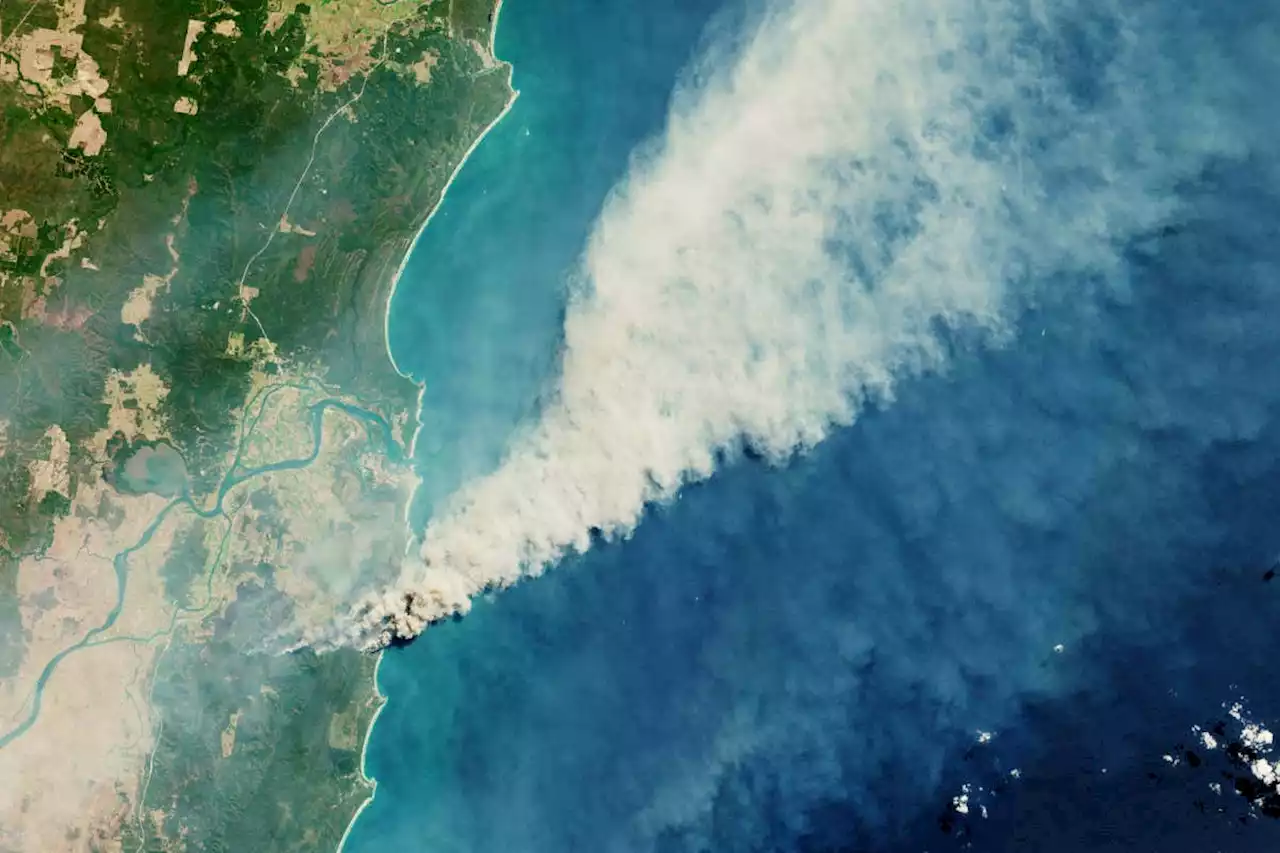Ozone levels above the mid-southern hemisphere dropped 13 per cent after Australia’s worst fires on record due to chemical reactions triggered by the smoke
at Old Dominion University in Virginia and his colleagues have shown that the smoke also pushed its way up into the stratosphere and triggered chemical reactions that destroyed ozone., which monitors levels of 44 different molecules in the atmosphere.
This revealed that stratospheric ozone declined by 13 per cent in the middle latitude area of the southern hemisphere – which includes Australia – in the aftermath of the Black Summer fires. This appeared to be because the smoke broke into the stratosphere and interacted with chlorine-containing chemicals left over from our past widespread use of chlorofluorocarbons. The smoke converted these chemicals into forms that are highly destructive towards ozone, for example, chlorine monoxide and hypochlorous acid.
Megafires in Australia and other places such as California are expected to become more common as climate change takes hold, meaning more assaults on the ozone layer, which protects us from ultraviolet radiation, says Bernath. “As severe wildfires rise in number, they will play an increasingly important role in the global ozone budget,” he says.
